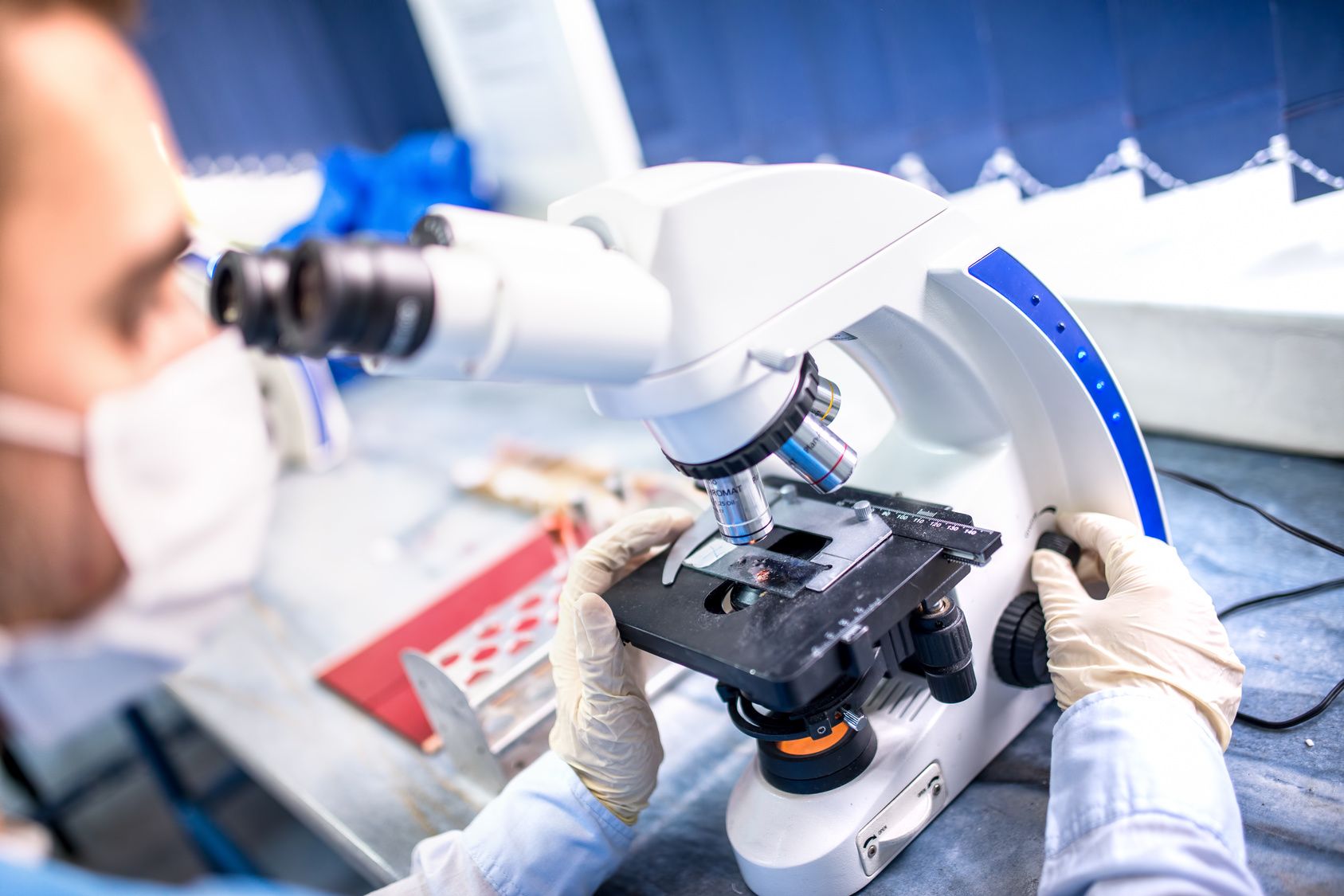
(Cambridge/Oxford/London/Vienna, 16 March 2018) Together with Wolfgang Weninger and Stefan Geyer from MedUni Vienna's Division of Anatomy, scientists from the Babraham, Sanger und Francis Crick Institute and Oxford and Cambridge universities were able to show, using a mouse model, that there is a close correlation between placental defects and physical abnormalities, as well as early embryonic lethality.
The paper, which was published in leading journal "Nature", systematically analysed the anatomical data from 350 embryos from more than 100 mouse lines with specifically induced genetic defects that lead to early embryonic lethality. The majority of gene knockouts, almost 70%, caused defects in the placenta, inter alia.
The placenta is made up of maternal and embryonic tissue and is essential to sustain the pregnancy and for the prenatal development of the child. It is a unique and highly specialised interface between mother and child, supplying the latter with nutrients and oxygen. The placenta is also responsible for removing foetal waste products and for hormone activity. Although the important role of the placenta in a successful pregnancy is well known, there have so far been few well-founded studies and findings about its exact role in pregnancy complications and abnormal embryo development.
Says Wolfgang Weninger from the Division of Anatomy: "Our study results show that functional placental defects play an even greater role in early miscarriage due to genetic abnormalities than do embryonic abnormalities. However, an even more important finding is that the majority of foetuses with characteristic abnormal brain, heart and vascular development also exhibit placental defects, which might be the actual cause of intrauterine lethality. Of course, these results do not translate in a 1:1 ratio to humans but they do underscore that the condition of the placenta is an important factor to consider when monitoring pregnancies."
Service: Nature
Placentation defects are highly prevalent in embryonic lethal mouse mutants.
Perez-Garcia V, Fineberg E, Wilson R, Murray A, Mazzeo CI, Tudor C, Sienerth A, White JK, Tuck E, Ryder EJ, Gleeson D, Siragher E, Wardle-Jones H, Staudt N, Wali N, Collins J, Geyer S, Busch-Nentwich EM, Galli A, Smith JC, Robertson E, Adams DJ, Weninger WJ, Mohun T, Hemberger M.
Nature. 2018 Mar 14. doi: 10.1038/nature26002. [Epub ahead of print]